Anyone who has ever drunk real cocoa will certainly not want anything else. It is by no means a coincidence that it tastes so deliciously like chocolate: cocoa is the raw material from which the treat is made. But what is real cocoa?
In the supermarket you can find cocoa powder, baking cocoa, organic cocoa, raw cocoa, cocoa drinks and much more. But what is the difference? What makes really good cocoa and how do I recognize real fine flavor cocoa? There are few things that connoisseurs of cocoa and chocolate agree on: nothing has a greater impact on the taste of cocoa (and chocolate) than the quality of the cocoa beans used and the way they are processed, so that the cocoa can unfold its healing, invigorating and health effects.
The origin of cocoa
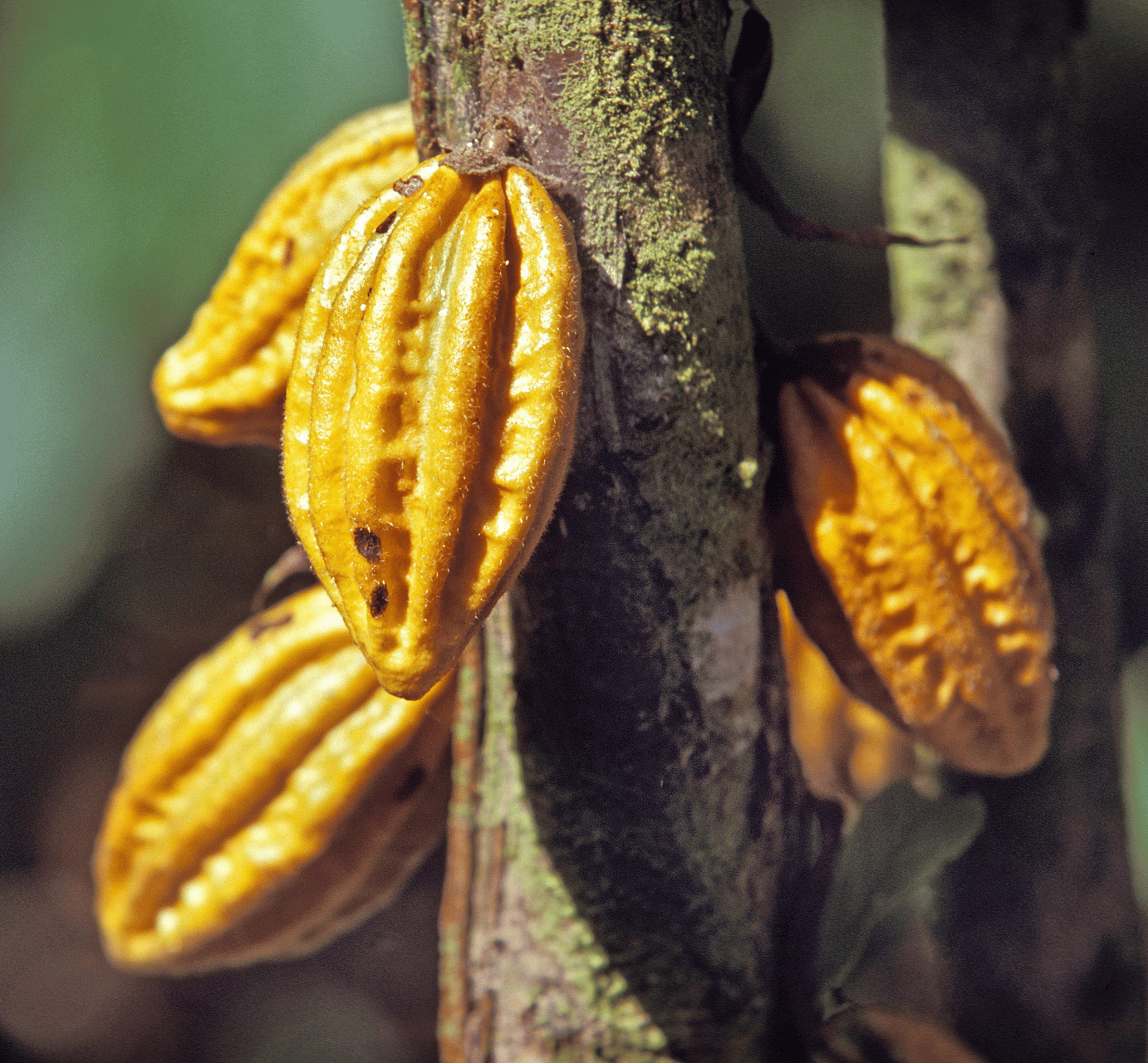
The origin of the cocoa is essential if you want to consume cocoa with positive energy and unique quality. The cocoa plant (Theobroma cacao) grows in the tropical rain forest. The climatic conditions only exist near the equator. As a shade plant, it grows in the lower tree layer of the rainforest, below other shade-giving plants and trees. Cocoa originally comes from Latin America, but today it is mostly grown in West Africa (especially Ivory Coast and Ghana) and Indonesia. Consumer cocoa in particular is often grown in monocultures. These have a disastrous effect on the environment, on wildlife and on the quality of the cocoa itself, due to the use of vast amounts of pesticides and stress on the tree. here you will learn more about the different ways of growing cocoa and their impact on the environment and taste. In mixed cultures, for example together with banana or other fruit and spice trees, as is the case with our cocoa project Selva Zoque is the case, cocoa feels most comfortable. The higher the biodiversity, the finer and more complex the aromas the cocoa develops, the better the taste and the greater the chance for our rainforests.
fine flavor cocoa and consumer cocoa
Although there are now many more secured cocoa varieties, such as old and recultivated varieties as well as new breeds, the public usually only talks about consumer and fine flavor cocoa. In the cocoa trade, fermented and dried cocoa is divided into fine flavor cocoa and consumer cocoa according to its origin and aroma properties.
The cocoa varieties
There are roughly three different types of cocoa: Forastero (consumer cocoa), criollo(fine cocoa) and Trinity (also a fine flavor cocoa, but more productive).
- The consumer cocoa, Forastero, is one of the highest-yielding cocoa varieties and accounts for over 90 percent of world production. It is less aromatic and sometimes bitter or sour. Nevertheless, due to its robustness and its high yields, the Forastero is of the greatest importance for the world market and is cultivated in all major producing countries.
- the fine flavor cocoa, criollo there are, with only a few exceptions, in South and Central America. The Criollo is considered the noblest of the fine flavor cocoas. It is usually slightly acidic, hardly bitter and, in addition to a mild cocoa taste, has pronounced side aromas. The aromatic fine flavor cocoa varieties are cultivated using sustainable methods and are therefore only available in limited quantities. This explains the significantly higher price (up to 10 times more) for fine flavor cocoa on the market.

Reality is colourful
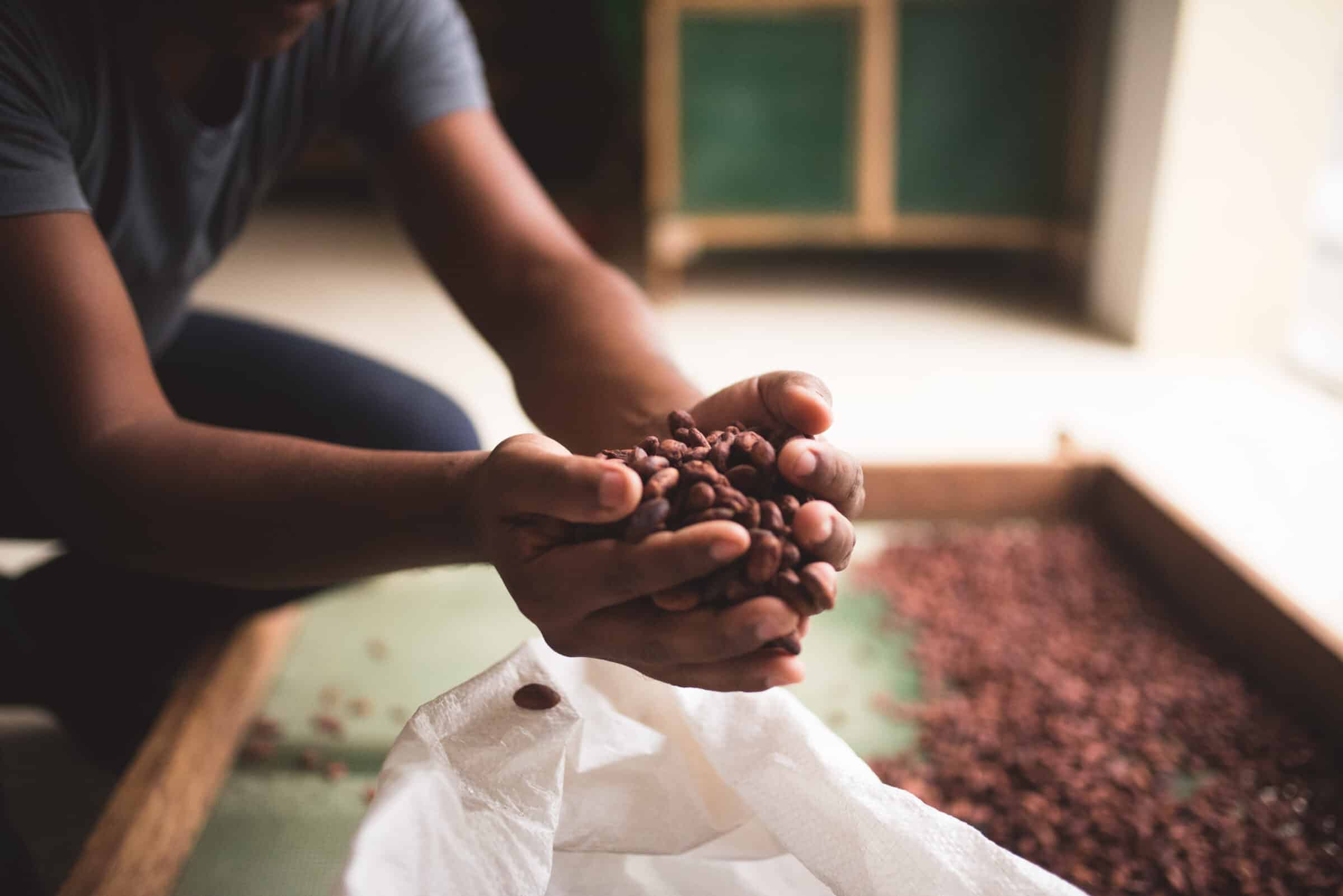
So much for the theory, the reality is more complex, colorful and even more aromatic! Cacao grows outdoors, partly wild, mostly with unclear origin. In many countries, the quantities harvested by the local cocoa farmers are mixtures of different cocoa varieties. This is often part of the appeal of certain cocoa regions - examples include the famous one Tabasqueño fine flavor cocoa from the Selva Zoque, whose delicious cocoa mass we are very proud to offer you here, or the Chuao region in Venezuela, whose cocoa mix achieves prices beyond pure criollos on the world market. In addition to the origin of the bean, the entire processing and fermentation process is essential when it comes to exceptional taste!
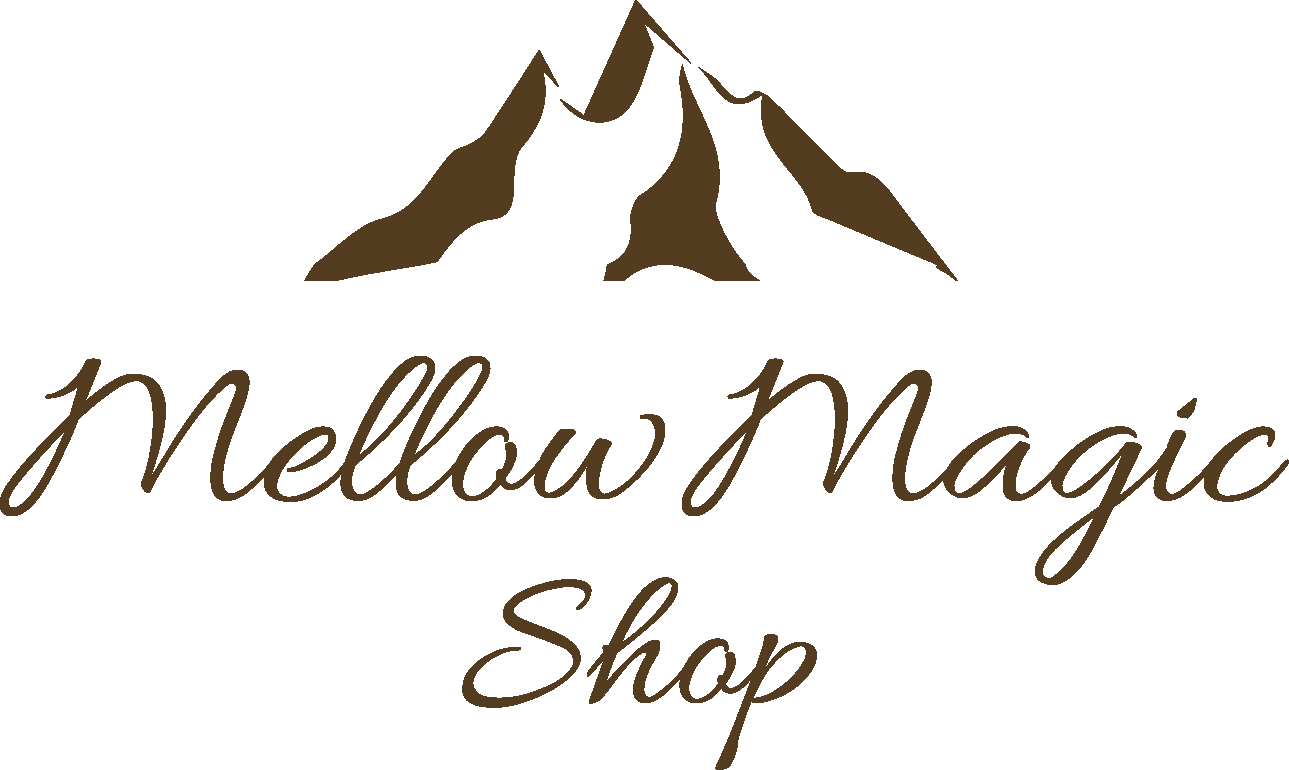
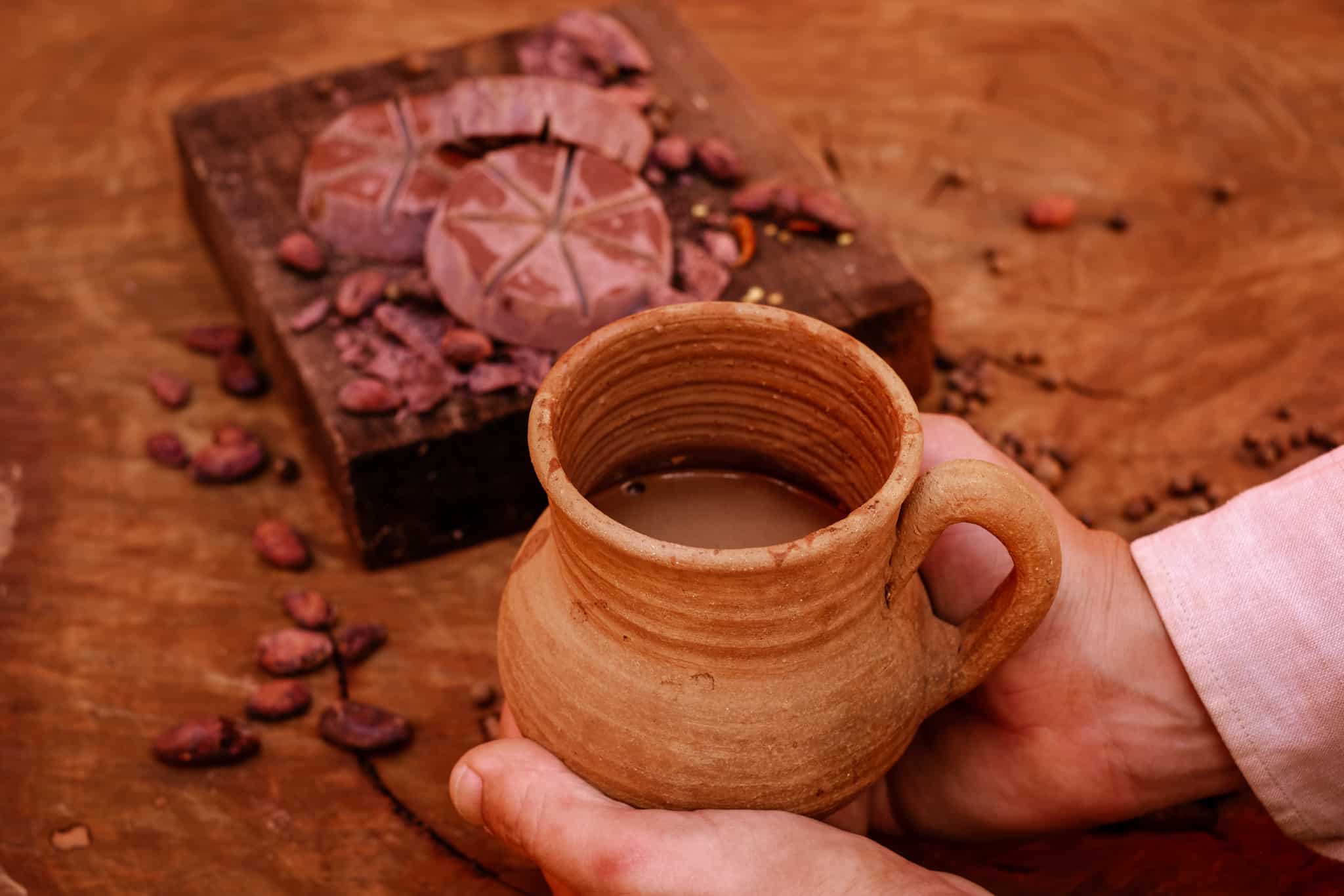
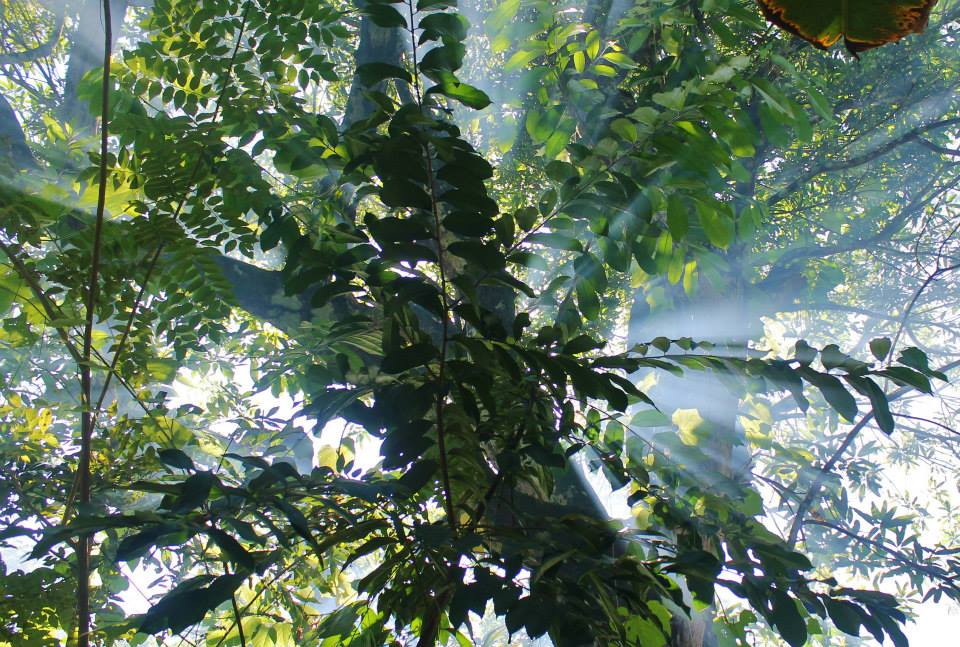
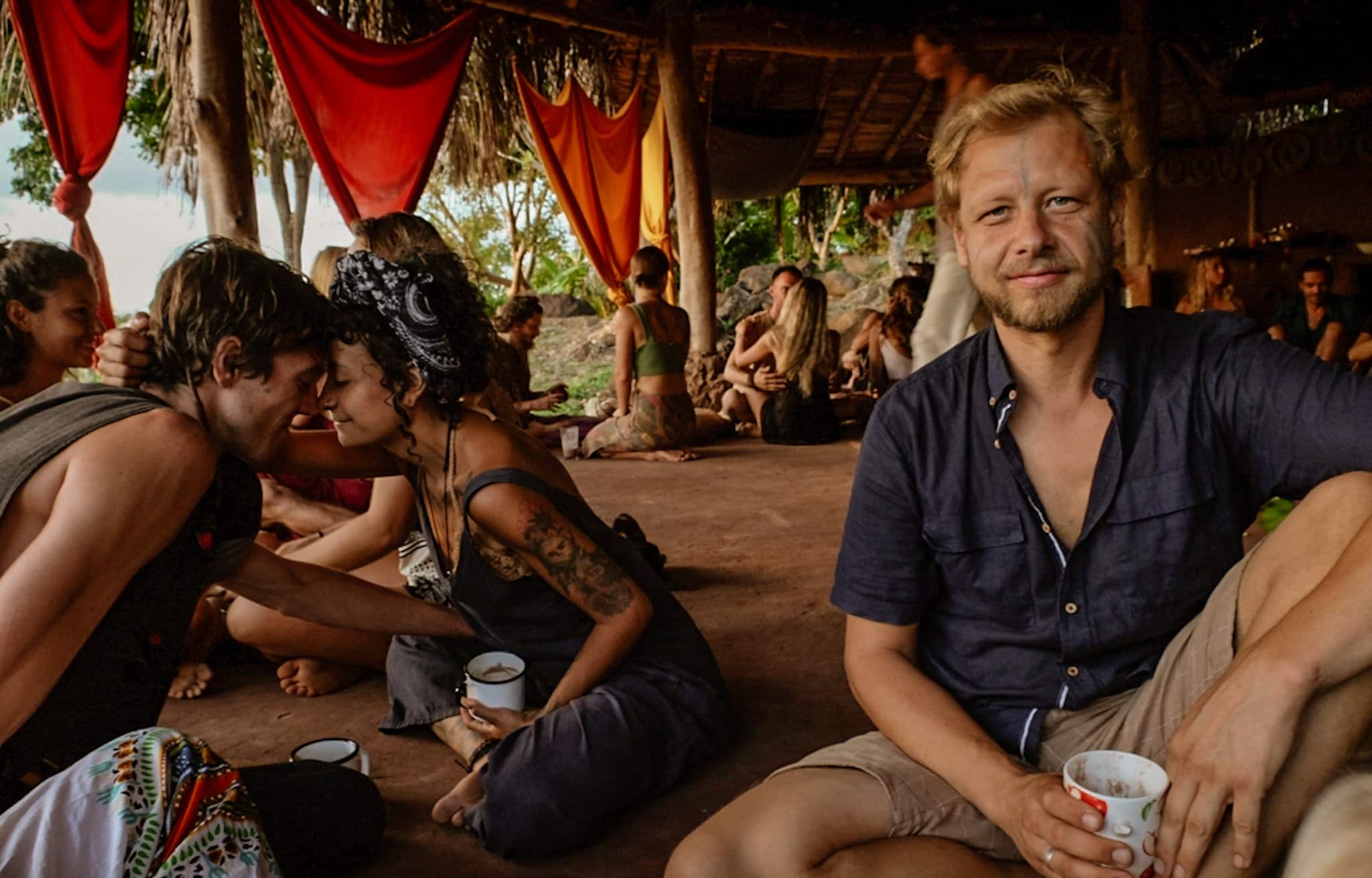
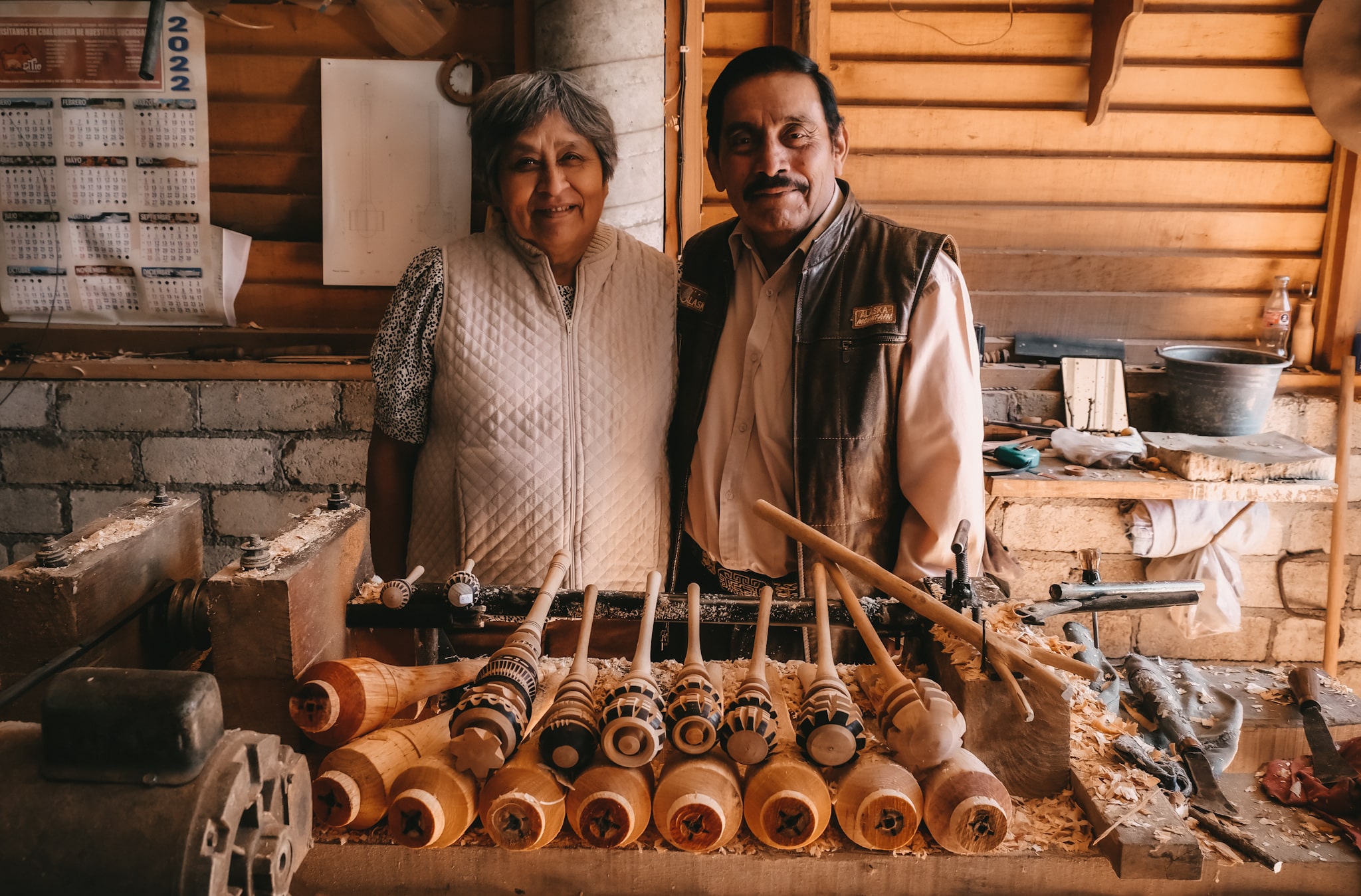
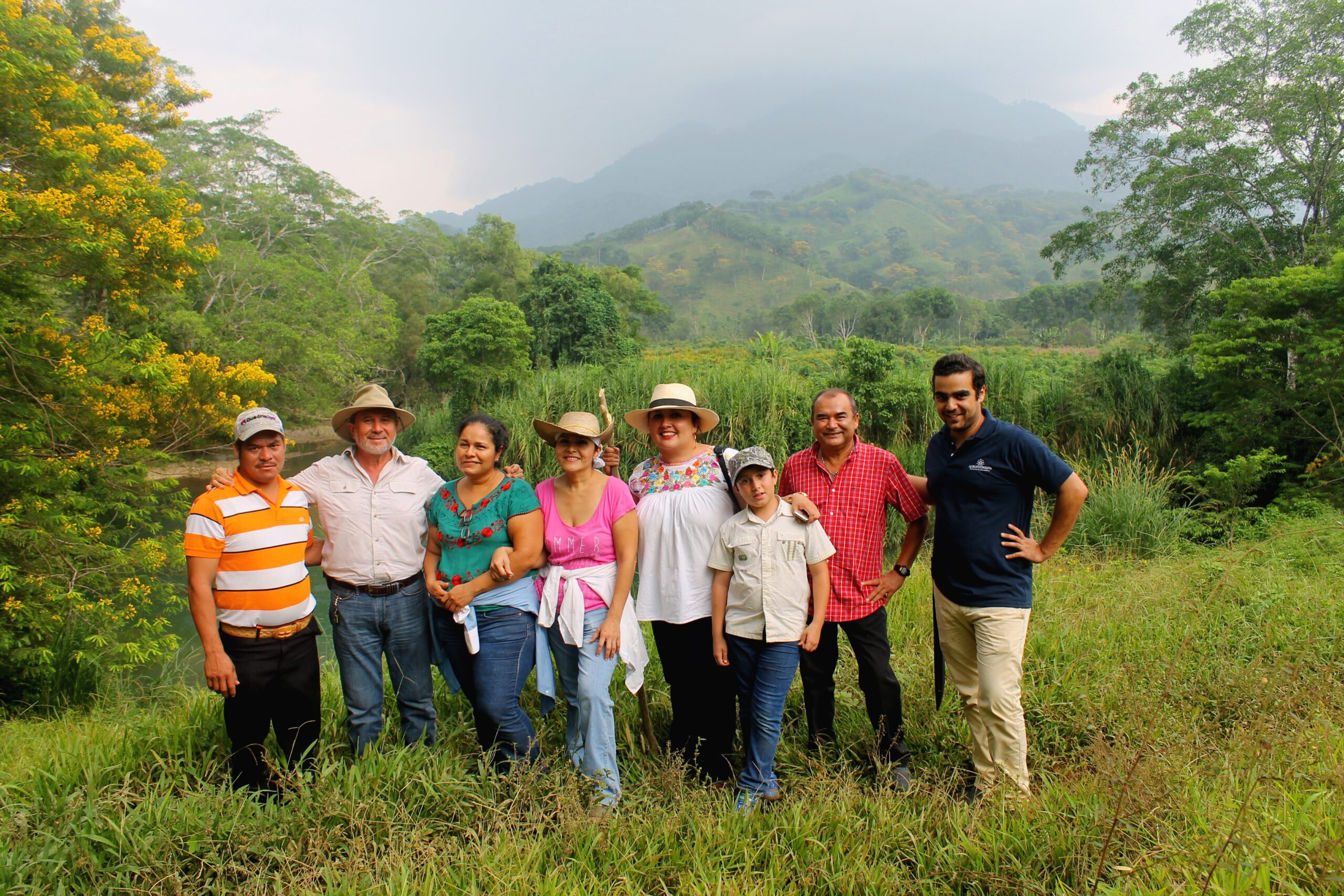
Hej ihr Lieben,
ganz großes Lob für die tolle Seite. Es ist wahnsinnig informativ und wunderbar zu lesen. Es klingt zu schön um wahr zu sein, scheint doch alles nur noch höher, schneller und weiter zu gehen. Auf euch und eure Seite bin ich über Savikunterbunt aufmerksam geworden und bin sehr beeindruckt.
Meine Frage zu eurem Kakao ist, schmecke ich einen Unterschied ob ich Wasser oder Pflanzenmilch verwende?
Ich würde euren Kakao gern probieren, möchte aber nicht gleich eine größere Menge kaufen. Besteht die Möglichkeit eine Probestück zu erwerben?
Ich würde euch gern auf eurer weiteren Reise begleiten und verbleibe mit ganz lieben Grüßen und wünsche euch einen schönen Tag und ein ruhiges Mittsommerfest.
Manuela